News
Rosemary Seeds
Rosemary, scientifically known as Rosmarinus officinalis, is a perennial herb that has been cherished for centuries for its unique fragrance, culinary uses, and various health benefits. This evergreen plant belongs to the mint family, Lamiaceae, and is native to the Mediterranean region.
Appearance and Growth
Rosemary is characterized by its needle - like leaves that are dark green on the upper side and silver - white underneath. The leaves are covered with tiny, resin - filled glands that give off its distinct and invigorating aroma. The plant can grow up to 2 meters tall in its natural habitat, but in gardens, it is often pruned to a more manageable size, usually around 0.5 to 1 meter. It produces small, delicate flowers that can be blue, purple, pink, or white, blooming from late winter to early summer.
Rosemary thrives in well - drained, alkaline soil and full sunlight. It is a drought - tolerant plant, making it well - adapted to the arid conditions of the Mediterranean. It can also be grown in containers, which is a popular choice for gardeners in regions with less - than - ideal outdoor growing conditions.
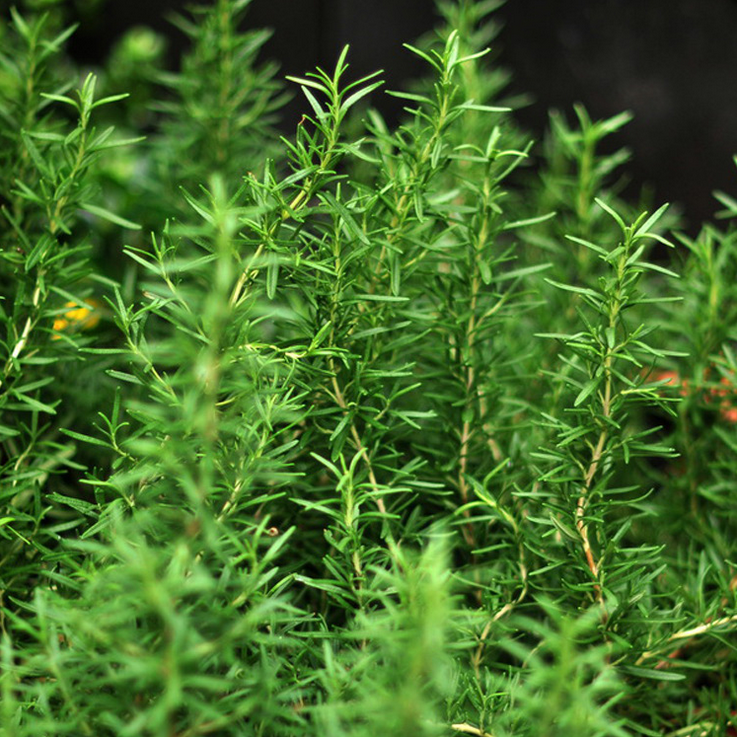
Historical and Cultural Significance
Throughout history, rosemary has held great cultural and symbolic value. In ancient Greece, students would wear rosemary wreaths to enhance memory and concentration during exams. In Roman times, it was used in religious ceremonies and was believed to have purifying properties. In weddings, rosemary has long been associated with love, loyalty, and remembrance. Brides often carried rosemary sprigs in their bouquets as a symbol of fidelity and a wish for a happy marriage.
Culinary Uses
Rosemary is a staple in Mediterranean cuisine. Its strong, pungent flavor pairs well with a variety of foods. It is commonly used to season meats, especially lamb, beef, and chicken. When roasting meat, a few sprigs of fresh rosemary added to the pan can infuse the meat with a wonderful, earthy aroma. It can also be used in bread - making, adding a unique flavor to loaves. Rosemary can be used fresh or dried, though fresh rosemary generally has a more intense flavor.
Medicinal Benefits
Beyond the kitchen, rosemary has several potential health benefits. It is rich in antioxidants, such as carnosic acid and rosmarinic acid, which help protect the body from oxidative stress and may reduce the risk of chronic diseases. Rosemary has also been studied for its possible cognitive - enhancing effects. Some research suggests that the aroma of rosemary can improve memory and concentration, and it may even have a positive impact on neurodegenerative diseases like Alzheimer's. Additionally, it has anti - inflammatory properties, which can help soothe minor aches and pains.
Gardening and Landscaping
Rosemary is not only useful but also ornamental. Its attractive foliage and colorful flowers make it a popular choice for gardens and landscapes. It can be used as a border plant, in rock gardens, or as a low - maintenance hedge. Its ability to attract bees and butterflies also contributes to a healthy and vibrant garden ecosystem.
In conclusion, rosemary is a remarkable herb with a rich history, diverse uses, and a delightful fragrance. Whether you are a chef looking to add flavor to your dishes, a gardener seeking an attractive and easy - to - care - for plant, or someone interested in natural remedies, rosemary has something to offer.

Rosemary Seeds
Rosemary seeds are the starting point for cultivating this fragrant and versatile herb. These tiny, brownish - black seeds are quite small, about 1 - 2 millimeters in size, with a somewhat oval shape and a rough texture on their surface. Rosemary, scientifically known as Rosmarinus officinalis, is native to the Mediterranean region. The seeds carry the genetic code of this evergreen shrub, which is well - loved for its aromatic leaves. Once sown in well - drained soil, with a proper temperature around 20 - 25°C, the seeds begin their journey of germination. This process usually takes about 10 - 21 days, during which they absorb water and nutrients from the soil. Cultivating rosemary from seeds allows gardeners to experience the entire growth cycle of this plant. As the seedlings emerge, they develop into sturdy plants with needle - like leaves that emit a strong, pleasant aroma when crushed. Rosemary not only adds a touch of greenery to gardens or indoor spaces but also has multiple uses. In the kitchen, it is a popular herb for flavoring meats, roasted vegetables, and bread. Additionally, it has been used in traditional medicine for its potential health benefits, such as antioxidant and anti - inflammatory properties.
If you have demands of the seeds, please contact me freely.
Categories
Contact Us
- +86-18055849900
- +86-18055849900
- admin@high-key.cn
- +86-18055849900
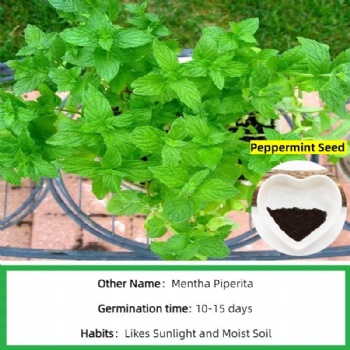
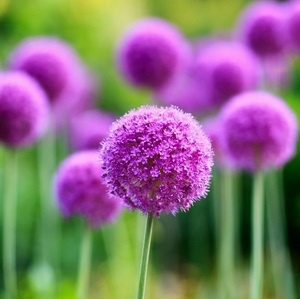
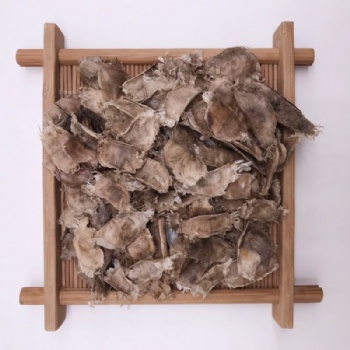
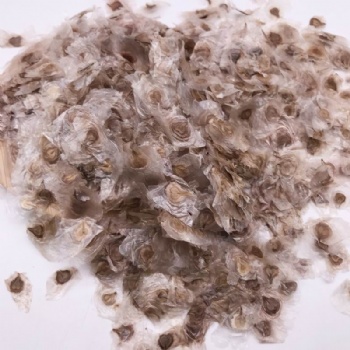
 售前客服
售前客服
